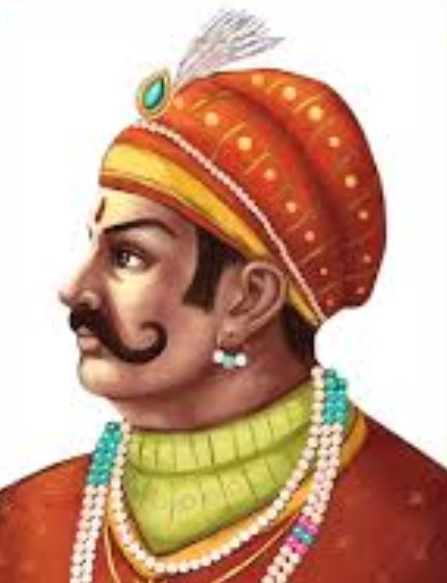
| Bio/Wiki | |
|---|---|
| Nickname(s) | Bharateshwar, Prithviraj III, Hindu Emperor, Sapadalaksheshwar, Rai Pithoragarh |
| Profession | Indian King, A 12th-century King from the Chauhan dynasty |
| Personal Life | |
| Date of Birth | 1 June 1163 (Saturday) (according to the Anglo calendar) [1]The Last Hindu Emperor |
| Birthplace | Patan, Gujarat, India |
| Date of Death | 11 March 1192 (according to the Anglo calendar) |
| Place of Death | Ajaymeru (Ajmer), Rajasthan |
| Age (at the time of death) | 28 Years |
| Death Cause | Died in captivity [2]History Of The Chahamanas |
| Zodiac sign | Gemini |
| Nationality | Indian |
| Hometown | Soron Shukarkshetra, Uttar Pradesh (currently Kasganj, Etah)
Note: According to some scholars, he grew up in Rajapur, Banda (present-day Chitrakoot), Madhya Pradesh |
| Reign | c. 1177–1192 CE |
| Predecessor | Someshvara |
| Successor | Govindaraja IV |
| Dynasty | Chahamanas of Shakambhari |
| Relationships & More | |
| Marital Status (at the time of death) | Married |
| Family | |
| Wife/Spouse | Samyukta |
| Children | Son– Govind Chauhan |
| Parents | Father– Someshwara (King of Chahamana) Mother– Karpurdevi (Kalachuri Princess) |
| Siblings | Younger Brother– Hariraj Younger Sister– Pritha |
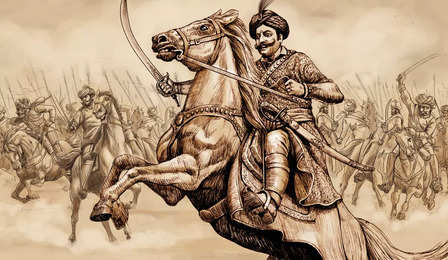
Some Lesser Known Facts About Prithviraj Chauhan
- Prithviraj Chauhan, also known as Rai Pithora, was an Indian king who ruled over Sapadalaksha and its capital Ajmer in Rajasthan. He was a member of the Chauhan (Chahamana) dynasty. When Prithviraj inherited his kingdom in 1177 CE, he was just a minor. However, he successfully expanded his territory by defeating neighboring kingdoms, including the Chandelas, through military campaigns. One of his notable victories was against the Ghurid army led by Muhammad Ghori in 1191 AD near Taraori. Prithviraj, along with several other Rajput kings, emerged victorious in this battle. However, the tables turned in 1192 CE when Muhammad Ghori, with the assistance of Turkish-mounted archers, defeated the Rajput army on the same battlefield. Following Prithviraj’s defeat at Tarain, many Islamic rulers reportedly began conquering India. The book “Prithviraj Raso” provides a brief account of Prithviraj’s defeat and the subsequent rise of Islamic rulers in India. The Nagari Pracharini Sabha is responsible for publishing this book, with its cover receiving prominent attention.
- There are various medieval legendary chronicles that provide information about Prithviraj Chauhan, such as medieval epic poems composed by Hindu and Jain poets, including Prithviraja Vijaya, Hammira Mahakavya, and Prithviraj Raso. Among these, Prithviraja Vijaya, written by Prithviraj’s court poet Chand Bardai, is the only surviving scholarly text. Other books that mention Prithviraj’s life include Prabandha-Chintamani, Prabandha Kosha, and Prithviraja Prabandha. The war between Prithviraj and the Chandelas is also described in the book Alha-Khanda (or Alha Raso) by the poet Jaganika from the Chandela dynasty. Additionally, a Sanskrit poem anthology called Sharngadhara-paddhati, composed in 1363, also references Prithviraj Chauhan.
- After Prithviraja II passed away, his father Someshvara became the king of Chahamana and they relocated from Gujarat to Ajmer. In 1177 CE, Someshvara also passed away, leaving eleven-year-old Prithiviraj to ascend the throne as a minor, with his mother and a regency council managing the administration in his stead. Kadambavasa, also known as Kaimasa, Kaimash, or Kaimbasa, served as the chief minister during this time, while Bhuvanaikamalla, Prithviraj’s maternal uncle, was appointed as an important minister. According to Prithviraja Vijaya, Kadambavasa played a crucial role in the military victories during the early years of Prithviraj’s reign. However, the book Prithviraj Raso claims that Prithviraj killed Kadambavasa for his involvement in a conspiracy related to repeated Muslim invasions, along with his mistress Karnati. Some historians dispute these claims, as they were not mentioned in Prithviraja Vijaya. According to historian Dasharatha Sharma, Prithviraj assumed actual control of the administration in 1180 CE.
- Prithviraj’s first military accomplishment was defeating his cousin Nagarjuna, who was vying for the Chahamana throne. In 1182 CE, he also conquered the Bhadanakas, who ruled over Bhiwani, Rewari, and Alwar. Literary works like Prithviraj Raso, Paramal Raso, and Alha-Raso mention his capture of Chandela’s territory. Other texts, such as Sarangadhara Paddhati and Prabandha Chintamani, describe his attack on Paramardi. Prithviraj is hailed as a Digvijay (conqueror of all regions) and pursued Jejakabhukti. The Kharatara-Gachchha-Pattavali also notes his peaceful relations with Bhima II, the Chaulukya king of Gujarat. According to Prithviraj Raso, Bhima retaliated for his uncle Sarangadeva’s seven sons being killed by Prithviraj’s uncle, Kanhadeva, by killing Prithviraj’s father and capturing Nagor. However, some historians dispute Bhima’s involvement, claiming he was too young at the time. The text Partha-Parakrama-Vyayoga states that Prithviraj’s attempt to attack the Chandravati Paramara ruler Dharavarsha in Mount Abu failed.
- According to the historical account in Prithviraj Raso, the Gahadavala kingdom, led by King Jayachandra, and Prithviraj Chauhan were involved in a significant incident. Prithviraj Chauhan eloped with Jayachandra’s daughter, Samyogita, which resulted in a bitter rivalry between the two kings. The book reveals that after hearing about Prithviraj’s valiant accomplishments, Samyogita, Jaichand’s daughter, developed feelings for him and insisted on marrying him. Jayachandra organized a swayamvara ceremony, where suitors would compete for Samyogita’s hand, intentionally excluding Prithviraj from the guest list. However, undeterred, Prithviraj gathered a group of one hundred warriors and fearlessly traveled to Kannauj, where the ceremony was taking place. Against all odds, Prithviraj succeeded in eloping with Samyogita, but unfortunately, two-thirds of his warriors lost their lives in the ensuing battle against the Gahadavala army. Despite the heavy sacrifice, Prithviraj and Samyogita managed to escape to Delhi. It is worth noting that Prithviraj Chauhan was present during the swayamvara ceremony of Sanyogita.
- After his marriage to Samyogita, he began dedicating most of his time to his new wife, which resulted in his neglect of state affairs. This lack of attention ultimately led to his defeat against Muhammad of Ghor in 1192 CE. Prithviraj Raso claims that shortly after this defeat, he successfully defeated Nahar Rai of Mandovara and the Mughal chief Mudgala Rai. However, no historical evidence has been discovered to validate the existence of these rulers. It is said that Prithiviraj Chauhan was responsible for the construction of the old Qila Rai Pithora fort in Delhi.
- During the 12th century, numerous Muslim dynasties launched aggressive assaults and looted the predecessors of Prithviraj, ultimately seizing control over the northwestern regions of the Indian subcontinent.
- During 1190-1191 CE, Muhammad of Ghor launched an invasion on the Chahamana territory, successfully conquering Tabarhindah or Tabar-e-Hind (known as Bathinda). Leading the attack was Zia-ud-din, the Qazi of Tulak, who had the support of 1200 horsemen. Upon receiving news of the invasion, Prithviraj mobilized an army consisting of 200,000 horses and 3,000 elephants. The forces clashed at Tarain, resulting in Prithviraj’s army emerging victorious over the Ghurids. Muhammad of Ghor, injured in the battle, fled from the battlefield. Subsequently, Prithviraj laid siege to the Ghurid military force at Tabarhindah.
- Prithviraj, after defeating the Ghurids, became careless about his kingdom and indulged in festivities. Taking advantage of this, Muhammad of Ghor returned to Ghazna and began gathering a well-equipped army of 120,000 horsemen from Afghanistan, Tajikistan, and Turkey as a revenge for his previous defeat. He then marched towards the Chahamana kingdom through Multan and Lahore, assisted by Vijayaraja of Jammu. Unfortunately, Prithviraj did not receive any support from other kings as he had already fought against them in the past. Despite this, Prithviraj managed to gather a massive army consisting of more than 100 Rajput rulers, armed with war elephants, cavalry, and foot soldiers. According to Firishta, a 16th-century Muslim historian, Prithviraj’s army consisted of 300,000 horses and 3,000 elephants. Meanwhile, Prithviraj sent a letter to Muhammad, assuring him that his army would not be harmed if he chose to return to his country. Muhammad, however, requested time to consult his brother Ghiyath al-Din in Ghazna. While waiting for a reply, Muhammad maintained peace on the battlefield but secretly planned an attack on the Chahamanas. According to Jawami ul-Hikayat, Muhammad assigned a small group of men to tend to the fires in his camp during the night, while leading the majority of his army in a different direction. This strategy deceived the Chahamanas into believing that the Ghurid army was still stationed at their camp, honoring the truce. After traveling some distance, Muhammad divided his forces into four divisions, each consisting of 10,000 archers, with the remaining soldiers kept in reserve. He ordered the four divisions to launch an attack on the Chahamana camp, only to fake a retreat shortly after. This marked the beginning of the significant Second Battle of Tarain.
- At sunset, while Prithviraj was asleep, the Ghurid army launched an attack on the Chahamana camp. Muhammad devised a plan to deceive the Chahamana army by pretending that his own forces would retreat after a short skirmish, causing their opponents to tire quickly. Simultaneously, Muhammad commanded his reserve troops to strike the Chahamana forces. According to Taj-ul-Maasir, during this covert assault, Prithviraj suffered a loss of 100,000 soldiers, including Govindaraja of Delhi. This defeat compelled Prithviraj to flee on horseback from the battlefield, but he was apprehended near the Sarasvati fort (possibly modern Sirsa). As a result, Muhammad of Ghor successfully captured Ajmer.
- According to the book Prabandha Chintamani written by the Jain scholar Merutunga in the 14th century, Prithviraj, the last Hindu Emperor, was captured effortlessly when he fell into a deep sleep after observing a day of religious fasting. The book also mentions the downfall of Prithviraj Chauhan, as recorded by the 15th-century Jain scholar Nayachandra Suri. It is stated that after his initial defeat, the Ghurid king regrouped and formed a new army with the help of a neighboring king. Together, they marched towards Delhi. Prior to the battle, the Ghurid king bribed Prithviraj’s master of horses and musicians with gold coins. The master of horses had trained Prithviraj’s horse to respond to drumbeats by prancing. Taking advantage of the cover of darkness just before dawn, the Ghurids launched a surprise attack on the Chahamana camp, catching Prithviraj off guard while he was asleep. In an attempt to escape, Prithviraj mounted his horse, but his musicians played the drums, causing the horse to start prancing uncontrollably. This resulted in the invaders easily capturing Prithviraj.
- According to the Prithviraja Prabandha, a Jain text, there were tensions between Prithviraj, his minister Kaimbasa, and his companion Pratapasimha. Pratapasimha managed to convince Prithviraj that Kaimbasa was aiding the Ghurids, leading Prithviraj to mistakenly kill another man instead of Kaimbasa. Chand Baliddika, Prithviraj’s musician, criticized him for this action, resulting in Prithviraj dismissing both Kaimbasa and Chand Baliddika from his ministry. During the Ghurid invasion, Prithviraj had been sleeping for ten days until his sister woke him up. He hastily tried to escape on a horse, but Kaimbasa betrayed him by revealing the secret sound that made the horse dance, ultimately helping the Ghurids capture him.
- Medieval sources indicate that Prithviraj was captured and taken to Ajmer, the capital of Chahamana, where Muhammad intended for him to serve as a servant. However, Prithviraj eventually rebelled against Muhammad and was executed for his betrayal. Shortly after Prithviraj’s death, Govindaraja, a Chahamana prince, was declared the king of Ajmer by Muhammad. According to the account in Hammira Mahakavya, Prithviraj refused to eat food after being captured and ultimately died in prison. The Hindu writer Lakshmidhara’s text, Viruddha-Vidhi Vidhvansa, states that Prithviraj was killed on the battlefield.
- According to reports, Prithviraj Chauhan’s ministry consisted of several renowned pandits (scholars) and poets. Leading this ministry was Padmanabha. Among the distinguished poets and scholars in his court were Jayanaka, an esteemed poet-historian credited with writing Prithviraja Vijaya, Vidyapati Gauda, Vagisvara Janardana, Vishvarupa (a poet), and Prithvibhata, a prestigious royal bard.
- The ‘horse-and-bullman’ style coins, bearing the names of Prithviraj and “Muhammad bin Sam,” were initially issued by the Hindu Shahi kings who ruled the Gandhara or Kabul region in the latter half of the 9th century CE.
- Historian R. B. Singh asserts that the dominion of Prithviraj Chauhan encompassed a vast territory stretching from the Sutlej river in the western region to the Betwa river in the east. Furthermore, its northern boundaries extended from the foothills of the Himalayas to the southern base of Mount Abu. Presently, this empire encompasses the states of Rajasthan, Uttrakhand, southern Punjab, northern Madhya Pradesh, Himachal Pradesh, and western Uttar Pradesh.
- Memorials were later constructed in Ajmer and Delhi to honor Prithviraj Chauhan. Several Indian films have been made depicting the life of this Indian king, including “Prithviraj Chouhan” (1924), “Prithviraj” (1931) by R. N. Vaidya, “Prithviraj Sanyogita” (1933), “Prithviraj Samyogita” (1946) by Najam Naqvi, “Samrat Prithviraj Chauhan” (1959) by Harsukh Jagneshwar Bhatt, “Rani Samyuktha” starring M.G. Ramachandran, and “Samrat Prithviraj” (2022) by Chandraprakash Dwivedi. His life has also been depicted in notable television series such as “Main Dilli Hoon” (1998–1999) and “Dharti Ka Veer Yodha Prithviraj Chauhan” (2006–2009). In 2008, an Indian animated film titled “Veer Yodha Prithviraj Chauhan” was released, directed by Rakesh Prasad.
- Prithviraj, featured in Amar Chitra Katha (No. 25), was among the earliest historical figures to be portrayed. The video game ‘Age of Empires II HD: The Forgotten’ incorporates a five-page campaign centered around the legendary figure of “Prithviraj.”
- As per certain historical theories, it is believed that shortly after Prithviraj’s birth, his father summoned the esteemed saints of that era to bestow a name upon his son. Upon discovering his destiny, these saints christened him Prithviraj, signifying his future as a ruler of the entire earth. Prithviraj Chauhan grew up in an opulent surrounding, enjoying a life of utmost luxury.
- According to reports, he obtained his formal education from a institution called “Saraswati Kanthabharan Vidyapeeth” (which is now known as ‘Adhai Din Ka Jhopra’, a mosque). This university was founded by Vigraharaja in Ajayameru (now known as Ajmer).
- Prithviraj received his training in martial arts and weaponry from his guru Shri Ram Ji. Additionally, he had a deep understanding of six languages, namely Sanskrit, Prakrit, Magadhi, Paishachi, Shauraseni, and Apabhramsa. Furthermore, he possessed extensive knowledge in various fields such as Mimamsa, Vedanta, Mathematics, Purana, History, Military Science, and Medicine, making him a highly intellectual individual.
- On December 31, 2000, the Government of India released a postage stamp to honor the memory of Prithviraj Chauhan, creating a commemorative memorial.
- In Ajmer, Rajasthan, the state government erected the Samadhi Sthal of Emperor Prithviraj Chauhan as a tribute to his legacy. A statue of Samrat Prithviraj Chauhan can be found in Ajmer, Rajasthan.

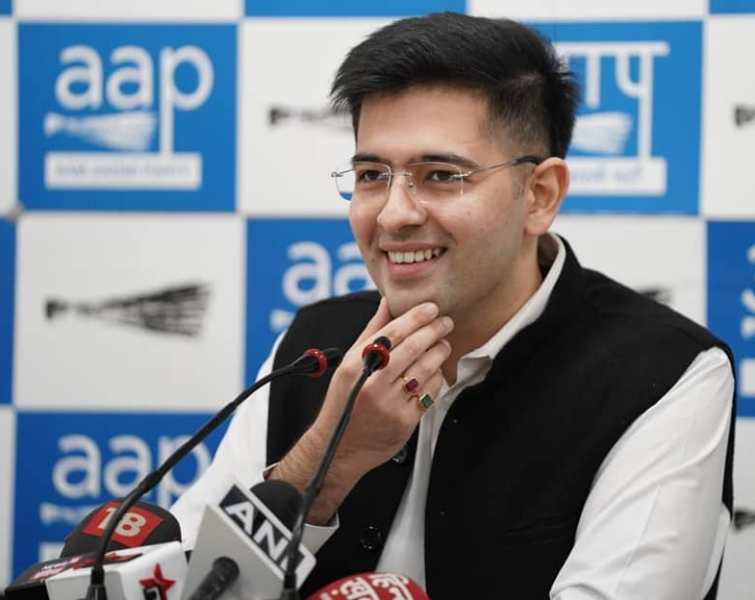


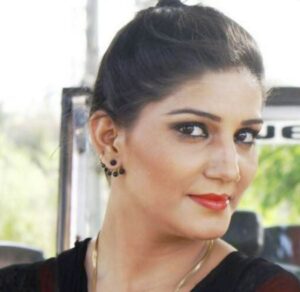


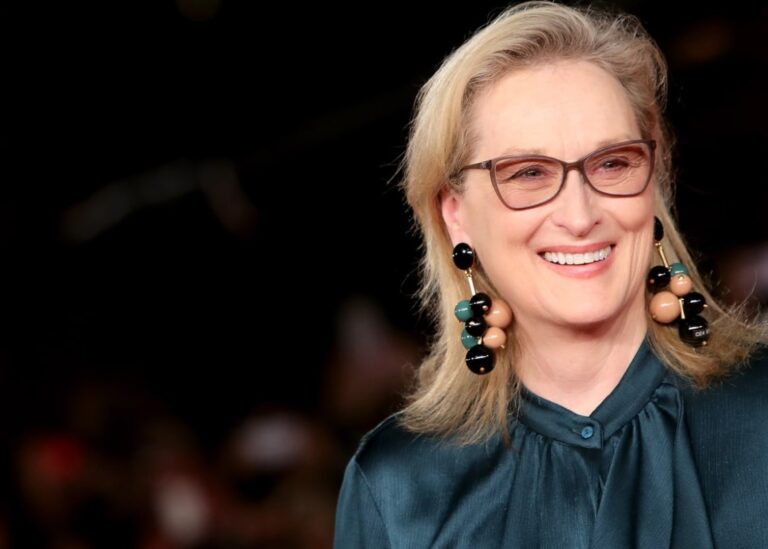
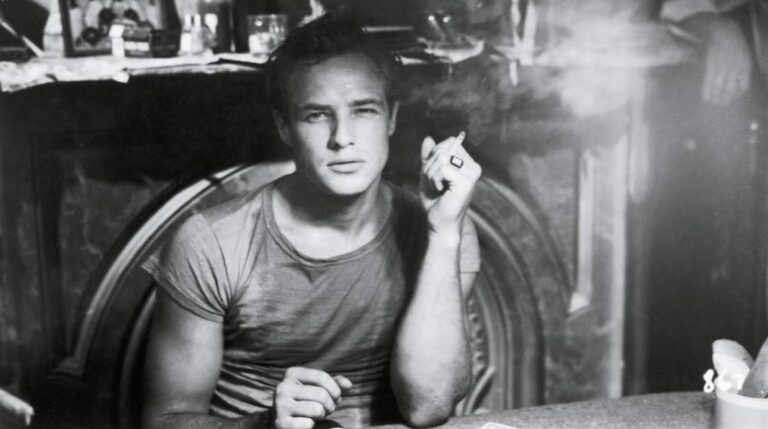
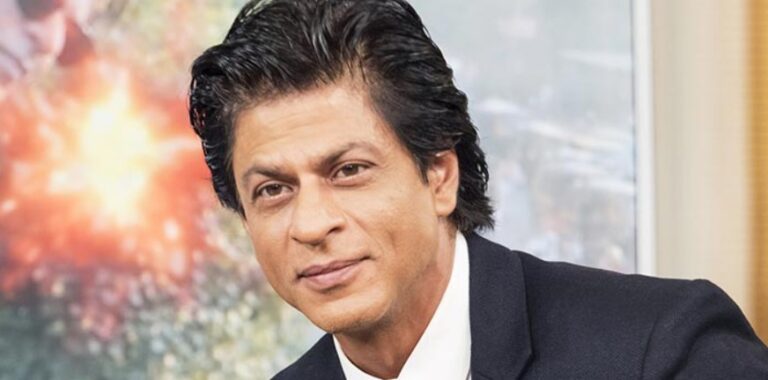
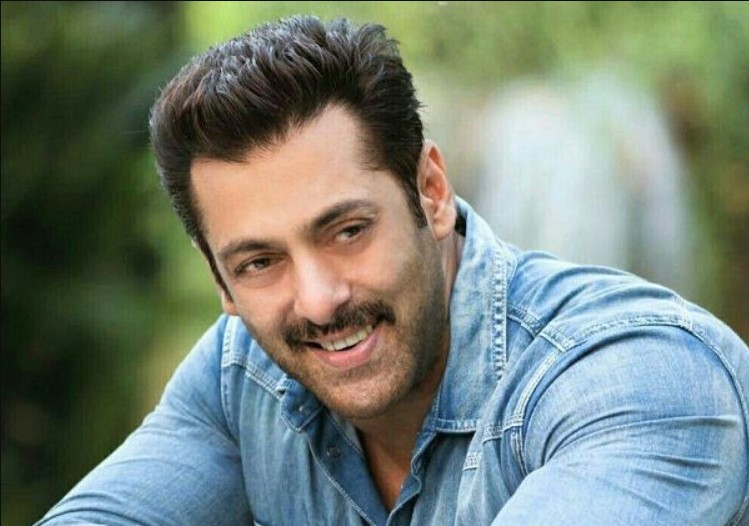


+ There are no comments
Add yours